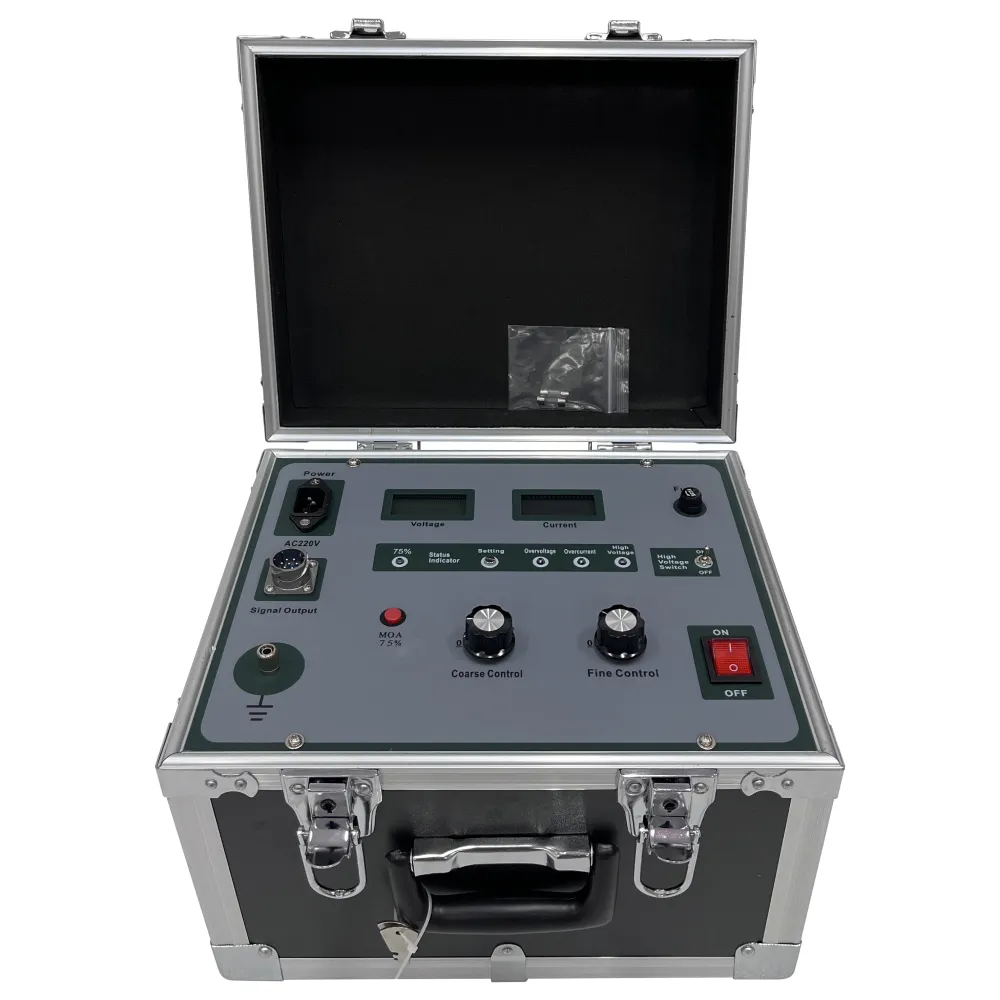 English
English


types of tap changing transformer
Types of Tap Changing Transformers
Transformers are critical components in electrical power systems, serving to transfer electrical energy between circuits and facilitating voltage conversion. One of the key features within transformer technology is the tap changing mechanism, which allows for adjustments in the transformer's turns ratio. This adjustability helps optimize the voltage levels delivered to the load, ensuring stability and efficiency in power distribution. Tap changing transformers can be categorized into two main types on-load tap changing (OLTC) transformers and off-circuit tap changing transformers. Each type offers distinct features and applications, making them suitable for various operational needs.
On-Load Tap Changing (OLTC) Transformers
On-load tap changing transformers are designed to adjust the voltage while the transformer remains energized and is supplying load current. This capability is crucial for ensuring uninterrupted service in power systems, particularly in applications where load conditions may frequently change. The OLTC mechanism typically utilizes a motor-driven mechanism that operates a set of contacts, allowing the transformer to switch between different taps of the winding without interrupting the power supply.
The primary advantages of OLTC transformers include their capability for real-time voltage regulation, responsiveness to variations in load, and efficiency in energy distribution. They are commonly employed in situations where the power supply must be consistent, such as in industrial facilities, substations, or large power plants. However, OLTCs do require more complex designs and maintenance due to the moving parts and the need to manage switching operations under load conditions.
Off-Circuit Tap Changing Transformers
Off-circuit tap changing transformers, on the other hand, require a shutdown of the transformer for adjustments to be made. This type of tap changer typically features a selector switch that allows the operator to modify the tap connections only when the transformer is de-energized. While this method is less flexible than OLTCs, it presents advantages in terms of mechanical simplicity and reliability.
types of tap changing transformer

Off-circuit tap changing transformers are often used in applications where loads are relatively constant or predictable, reducing the need for continuous voltage adjustments. They are also suitable for locations where operational interruptions can be tolerated, such as during scheduled maintenance or in installations with periodic load adjustments.
Comparison and Selection Criteria
When determining which type of tap changing transformer to use, several factors should be considered, including the nature of the load, the desired level of voltage regulation, and the operational environment. OLTC transformers are ideal for dynamic settings with fluctuating demands, while off-circuit tap changers are better suited for static conditions.
Other considerations include the maintenance requirements associated with each type. OLTC transformers, given their complexity and moving parts, may demand more frequent inspections and servicing, while off-circuit units tend to require less upkeep.
Conclusion
In summary, tap changing transformers play a vital role in electrical distribution, ensuring that voltage levels remain consistent and within acceptable limits for varying loads. Understanding the differences between on-load and off-circuit tap changing transformers is essential for engineers and operators tasked with designing and maintaining power systems. By selecting the appropriate type of tap changer based on load characteristics and operational requirements, efficiency and reliability in energy distribution can be achieved, ultimately leading to improved performance of electrical infrastructure.
-
Differences between open cup flash point tester and closed cup flash point testerNewsOct.31,2024
-
The Reliable Load Tap ChangerNewsOct.23,2024
-
The Essential Guide to Hipot TestersNewsOct.23,2024
-
The Digital Insulation TesterNewsOct.23,2024
-
The Best Earth Loop Impedance Tester for SaleNewsOct.23,2024
-
Tan Delta Tester--The Essential Tool for Electrical Insulation TestingNewsOct.23,2024





